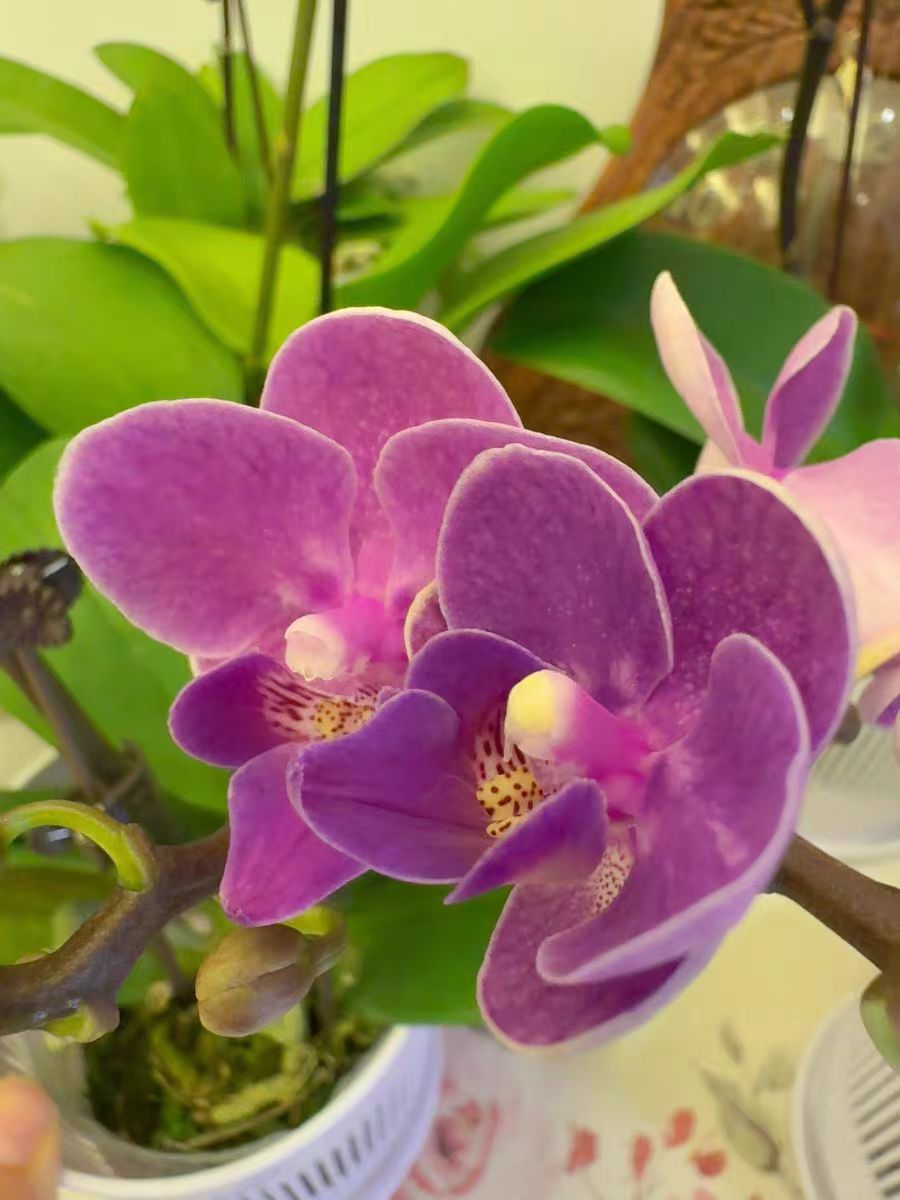Phalaenopsis is a much - loved orchid variety. In the process of caring for Phalaenopsis, fertilization is a particularly important aspect, yet it is easily overlooked. To help Phalaenopsis grow healthily and bloom beautifully, many people choose to fertilize them. However, if fertilization is too frequent, it will instead bring many problems to the plants and even hinder their flowering. It is of great significance to have a deep understanding of the harms of over - fertilization for the scientific care of Phalaenopsis.
Phalaenopsis prefers a warm and humid environment and has relatively strict requirements for light, water, and fertilizer. During the growth process, an appropriate amount of fertilizer can provide the necessary nutrients and promote the healthy growth and flowering of the plants. However, the frequency and amount of fertilization need to be adjusted according to the growth stage and condition of Phalaenopsis; otherwise, negative effects may occur.
Effects of overly frequent fertilization:
Soil salinization and nutrient excess: Over - frequent fertilization, especially the excessive application of chemical fertilizers, will lead to the accumulation of salts in the soil, causing soil salinization. This will not only increase the pH value of the soil, affecting the normal absorption function of plant roots, but also lead to nutrient excess. Phalaenopsis cannot fully absorb these excessive nutrients, and the long - term accumulation will seriously affect its normal growth and development.
Root damage and root - burning phenomenon: The most direct effect of excessive fertilization is the damage to the roots of Phalaenopsis. The high - concentration fertilizer solution will destroy the osmotic balance of root cells, resulting in root damage. In severe cases, the root - burning phenomenon may occur. The damaged roots cannot normally absorb water and nutrients, which in turn affects the growth and flowering of the entire Phalaenopsis plant.
Excessive leaf growth and hindered flower bud formation: There is a certain balance between the flowering and leaf growth of Phalaenopsis. Excessive nitrogen fertilizer will promote the overly lush growth of leaves, thereby inhibiting the formation of flower buds. Flower buds are a prerequisite for flowering. If the formation of flower buds is hindered, Phalaenopsis will naturally not be able to bloom normally. This will not only reduce its ornamental value but also affect the overall health of the plant.
Pest and disease infestation: The accumulation of excessive nutrients in the soil easily becomes a breeding ground for germs and pests. Phalaenopsis growing in such an environment is prone to be attacked by pests and diseases. Problems such as root rot, yellowing of leaves, and withering will follow one after another. In severe cases, it may even lead to the death of the plant.
To avoid the negative effects brought about by overly frequent fertilization, we need to master reasonable fertilization methods.
Choose the right fertilizer: Phalaenopsis is suitable for fertilizers containing nutrient elements such as nitrogen, phosphorus, and potassium, and the proportion should be appropriate. Organic fertilizers, compound fertilizers, water - soluble fertilizers, etc. can all be selected, but it is necessary to ensure that the fertilizers are fully fermented or diluted before use.
Control the fertilization frequency: Adjust the fertilization frequency according to the growth stage and condition of Phalaenopsis. During the growth period, fertilize once a week or every half a month; during the flowering - promoting period, switch to phosphorus - potassium fertilizers and fertilize once a week; during the flowering period and the dormant period, stop fertilizing.
Pay attention to the fertilization concentration: When fertilizing, follow the principle of applying thin fertilizers frequently to avoid burning the roots due to too high a concentration. It is usually recommended to dilute the fertilizer 2000 - 4000 times before use.
Observe the plant's condition: Regularly observe the growth condition of Phalaenopsis, such as the color of the leaves, the growth rate, etc., to judge whether it is necessary to adjust the fertilization strategy.
Over - frequent fertilization will indeed hinder the flowering of Phalaenopsis. On the one hand, excessive fertilizer will burn the roots and affect the normal absorption function of the plant. On the other hand, too much nitrogen fertilizer will promote the overly lush growth of leaves and inhibit the formation of flower buds. These two factors work together to prevent Phalaenopsis from blooming normally. In short, the fertilization management of Phalaenopsis needs to be carefully adjusted according to its growth characteristics and needs. Only by mastering reasonable fertilization methods can the healthy growth of the plant be ensured.
What will happen if Phalaenopsis orchids are fertilized too frequently?

Share with
Tagged in :




Leave a Reply